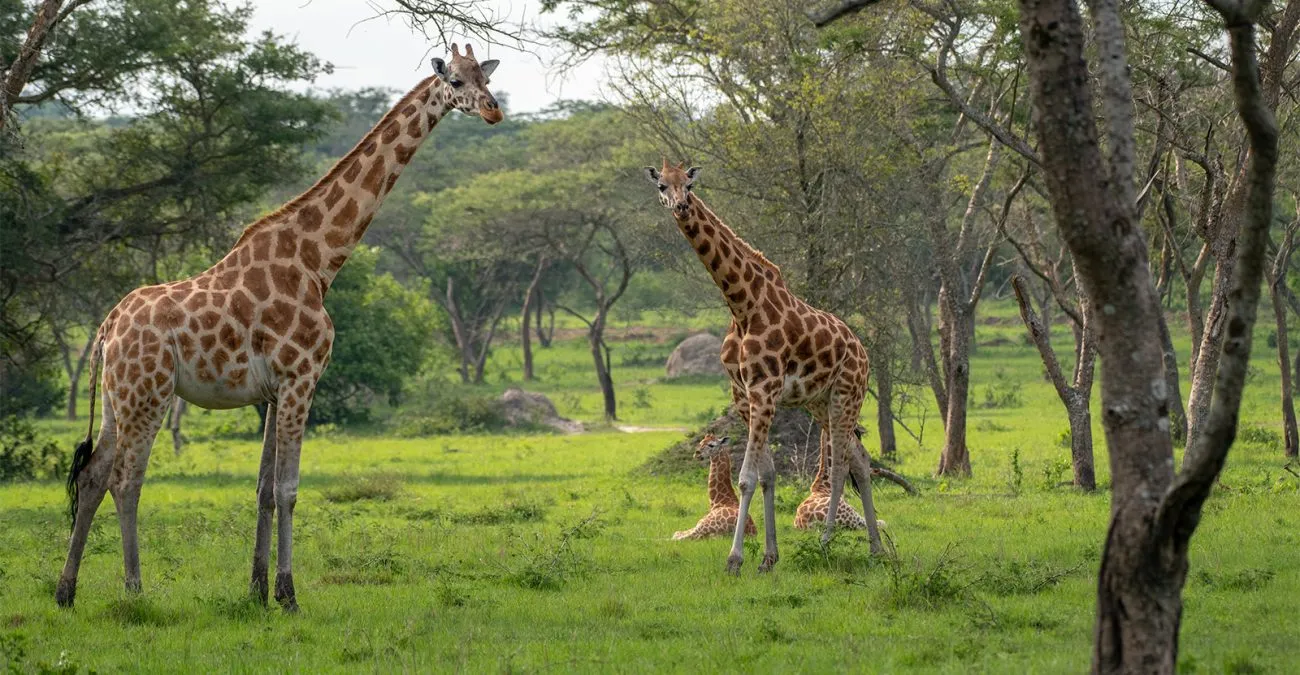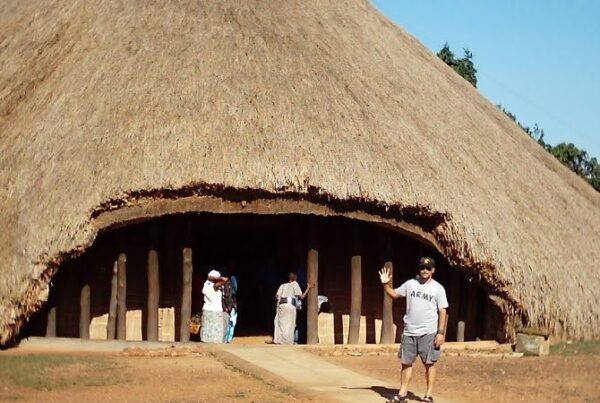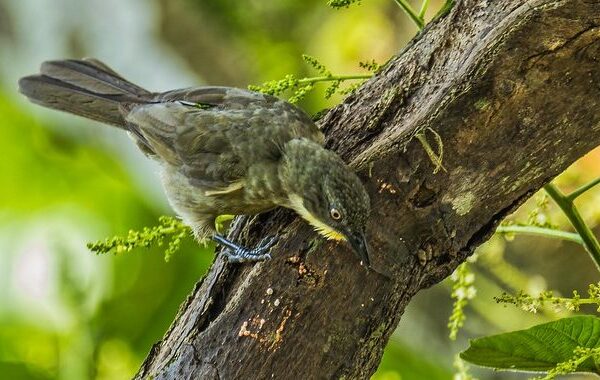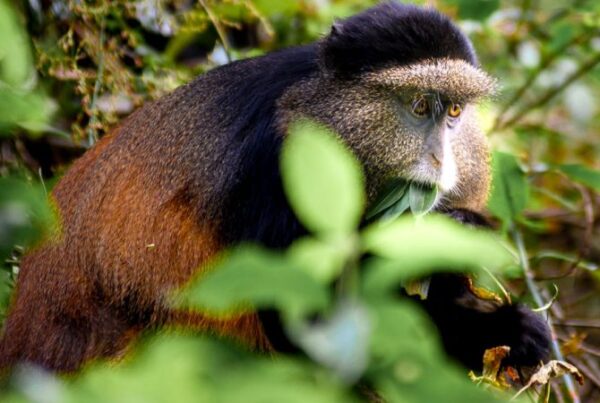Top Animals to Spot in Lake Mburo National Park
Into the Wild Heart of Uganda
A safari in Uganda is often imagined as a journey through vast savannahs teeming with elephants, lions, and herds of buffalo. While these images capture the majesty of African wilderness, there exists a park that redefines what a safari can mean. Lake Mburo National Park, though the smallest savannah park in Uganda, holds within its compact landscapes an astonishing diversity of wildlife. It is here that travelers encounter animals rarely seen in other parts of the country, creating an experience both unique and unforgettable.
Set amidst rolling hills, scattered acacia woodlands, and shimmering lakes, Lake Mburo offers encounters with species that capture the imagination of every visitor. From the elegance of zebras grazing in the plains to the power of buffaloes wallowing in swamps, every corner of the park reveals new wonders. To explore Lake Mburo is to witness how Uganda’s wilderness thrives in harmony with its cultural backdrop.
This guide explores the top animals to spot in Lake Mburo National Park, examining their characteristics, habitats, and roles within the ecosystem, while also revealing what makes the park such an exceptional place for wildlife viewing.
The Distinctive Zebra of Lake Mburo
One of the most iconic sights in Lake Mburo is the Burchell’s zebra, whose black-and-white stripes ripple across the park’s open plains. Unlike in other Ugandan parks, zebras thrive in large herds here, offering unforgettable safari encounters.
The zebras are often observed grazing in the savannah, where their stripes create dazzling patterns against the golden grasses. Scientists believe these stripes not only serve as camouflage but also play a role in temperature regulation and in deterring biting insects. In Lake Mburo, zebras form social herds led by stallions, and their interactions offer visitors a glimpse into the intricate dynamics of the animal kingdom.
The presence of zebras also enhances the park’s uniqueness, as Lake Mburo is one of the very few places in Uganda where they can be seen in abundance. To ride alongside them on a horseback safari or to encounter them during a game drive is to experience the park’s magic in its purest form.
The Graceful Impala: An Exclusive Resident
Among the treasures of Lake Mburo is the impala, a species found nowhere else in Uganda. Known for its elegance and speed, the impala is often seen bounding across the grasslands, its reddish-brown coat glowing under the African sun.
Impalas are medium-sized antelopes that live in herds, with males often displaying dramatic leaps and jousts during the mating season. These displays, characterized by high jumps and fierce locking of horns, reveal the impala’s vitality and strength. Visitors who chance upon such moments during a safari witness not only an animal but a performance of nature’s resilience.
The exclusivity of impalas in Lake Mburo makes them a signature species of the park. For many travelers, the sight of an impala herd is a reminder of the park’s irreplaceable ecological importance and its role in conserving species diversity in Uganda.
The Majestic Eland: Africa’s Largest Antelope
Among the giants of Lake Mburo’s grasslands is the eland, the largest antelope in Africa. Towering and muscular, elands are distinguished by their spiral horns and distinctive dewlap hanging from the throat. Despite their size, they are remarkably agile, capable of leaping over fences and obstacles with surprising grace.
Elands are often found grazing in open plains or resting in shaded woodlands. Their diet consists of grasses, leaves, and fruits, making them vital players in maintaining the ecological balance of the park. Observing elands in Lake Mburo is a reminder of nature’s grandeur, for their sheer size and calm presence inspire awe in every traveler.
Lake Mburo is one of the few places in Uganda where elands can be reliably spotted, and their presence solidifies the park’s reputation as a sanctuary for unique and rare species.
The Enigmatic Leopard
While Lake Mburo lacks large prides of lions that dominate other Ugandan parks, it compensates with the stealth and beauty of the leopard. These elusive cats are often sighted during night game drives, their glowing eyes piercing the darkness as they move silently through the woodlands.
Leopards in Lake Mburo are solitary hunters, relying on stealth and strength to capture prey. Their adaptability allows them to hunt impalas, bushbucks, and smaller mammals, making them one of the park’s apex predators. The opportunity to encounter a leopard in the wild is often described as the pinnacle of safari experiences, and Lake Mburo provides a relatively high chance of such encounters, particularly at dawn and dusk.
The presence of leopards also ensures that the park maintains its wild edge, reminding visitors that the balance between predator and prey defines the essence of African ecosystems.
The Buffalo: Power in Numbers
No safari in Lake Mburo would be complete without encountering the African buffalo. Known for their imposing horns and formidable presence, buffaloes are found in herds that roam the park’s wetlands and grasslands.
Buffaloes are social animals, often moving in large groups for protection. Their unpredictable temperament makes them both fascinating and dangerous, reinforcing the respect that humans and other animals hold for them. Herds can be seen wallowing in muddy swamps to cool their bodies or grazing in the plains during the cooler hours of the day.
For travelers, the sight of a buffalo herd is a reminder of raw strength and unity, embodying the resilience of Uganda’s wilderness.
The Hippopotamus and Crocodile of Lake Mburo
The shimmering waters of Lake Mburo are home to two of Africa’s most iconic aquatic animals—the hippopotamus and the Nile crocodile. Hippos are commonly observed during boat safaris, where their massive bodies emerge from the water and their characteristic grunts echo across the lake. At night, they leave the water to graze along the shorelines, offering visitors a chance to witness their dual existence between land and water.
Crocodiles, on the other hand, lie in wait along the lake’s edges, their reptilian forms blending seamlessly into the mud. Silent and patient, they strike with sudden ferocity, reminding travelers of nature’s raw power. Boat safaris on Lake Mburo reveal these creatures in their natural element, completing the park’s diverse mosaic of wildlife encounters.
The Warthog: Nature’s Comical Survivor
Adding a touch of humor to the safari is the warthog, often seen trotting away with its tail held upright like a flag. With their protruding tusks and rugged appearance, warthogs may not match the elegance of antelopes, yet they hold a special charm.
Warthogs are resilient survivors, able to thrive in harsh conditions by feeding on grasses, roots, and even bark. Their habit of kneeling on their forelegs while grazing adds to their distinctive character. In Lake Mburo, warthogs are frequently spotted near lodges and along roadsides, bringing smiles to travelers and reminding them of the lighter side of the wild.
The Giraffe: Tall Giants of the Savannah
Though a more recent introduction to the park, the Rothschild’s giraffe has become one of Lake Mburo’s star attractions. Translocated from northern Uganda as part of conservation efforts, these towering animals now roam the park’s woodlands and savannahs, adding grace and majesty to the landscape.
Giraffes are browsers, feeding on the leaves of acacia trees with their long tongues and necks. Their calm demeanor and towering presence make them a highlight for every safari, especially as they move slowly across the horizon, silhouetted against the sky.
The successful establishment of giraffes in Lake Mburo underscores the park’s role in Uganda’s broader conservation story, showcasing how ecosystems can be enriched and preserved through careful planning.
Birdlife: The Feathered Wonders
Beyond mammals, Lake Mburo is a sanctuary for over 350 bird species, making it a paradise for birdwatchers. Among its most notable residents are the African fish eagle, often seen perched majestically near the lake, and the elusive shoebill stork, which draws ornithologists from across the globe.
The park is also home to the papyrus gonolek, red-faced barbet, and a rich variety of waterfowl. The presence of both savannah and wetland habitats allows for a diversity of birdlife rarely matched in parks of similar size. For travelers with an eye for detail, the birdlife of Lake Mburo adds a layer of richness to the safari that complements the larger animals.
The Smaller Mammals: Hidden Gems of the Park
While larger animals capture the headlines, Lake Mburo also shelters a wealth of smaller mammals that reward patient observation. Bushbucks emerge gracefully from the thickets, their spiral horns and white markings catching the eye. Duikers, shy and elusive, dart through the undergrowth, offering fleeting glimpses of their delicate forms.
Monkeys, including vervets and baboons, add liveliness to the park, their antics both entertaining and insightful into primate behavior. These smaller animals, often overlooked, contribute to the ecological tapestry of Lake Mburo, ensuring that every safari reveals surprises.
The Ecological Balance of Predator and Prey
What makes Lake Mburo exceptional is not simply the variety of animals but the interplay between predator and prey, grazer and browser, aquatic and terrestrial species. Zebras and impalas shape the grasslands through their grazing, while buffaloes and hippos influence wetlands. Leopards regulate populations of smaller mammals, while crocodiles dominate aquatic food chains.
This intricate web of life creates a balanced ecosystem, sustained by the park’s lakes, grasslands, and woodlands. For travelers, understanding these relationships deepens the safari experience, transforming it from a series of sightings into a narrative of survival, adaptation, and coexistence.
Best Time to Spot Animals in Lake Mburo
Wildlife can be seen throughout the year, but the dry seasons from June to August and December to February are particularly rewarding, as animals gather around water sources and visibility increases. Early mornings and late afternoons offer the most activity, with predators on the move and grazers feeding before the heat of the day.
The wet seasons, while more challenging for game drives, bring lush greenery and an abundance of birdlife. Calving seasons for antelopes often coincide with the rains, offering dramatic scenes of life and vulnerability in the wild. Each season offers its own rewards, ensuring that no two visits to Lake Mburo are ever the same.
A Safari Unlike Any Other
Lake Mburo National Park is a place where every encounter feels personal and every sighting carries meaning. From the exclusivity of impalas to the majesty of elands, from the playful warthogs to the stealthy leopards, the park presents a safari experience rich in variety and intimacy. Its compact size, far from being a limitation, ensures that travelers enjoy closer and more frequent encounters with wildlife, making it a jewel among Uganda’s protected areas.
For travelers seeking to discover the top animals of Lake Mburo National Park, the journey promises more than just sightings. It offers an immersion into the rhythm of the wilderness, a chance to witness the intricate balance of ecosystems, and an opportunity to connect with Uganda’s natural heritage in a profound way.
To transform this vision into reality, travelers are encouraged to book their African tours and safaris with WildHorn Africa, a trusted partner in curating unforgettable journeys into the wild heart of Uganda.





 WildHorn Africa – Authentic and unforgettable tours across Africa, guided by local experts who know the land, wildlife, and culture best.
WildHorn Africa – Authentic and unforgettable tours across Africa, guided by local experts who know the land, wildlife, and culture best.


